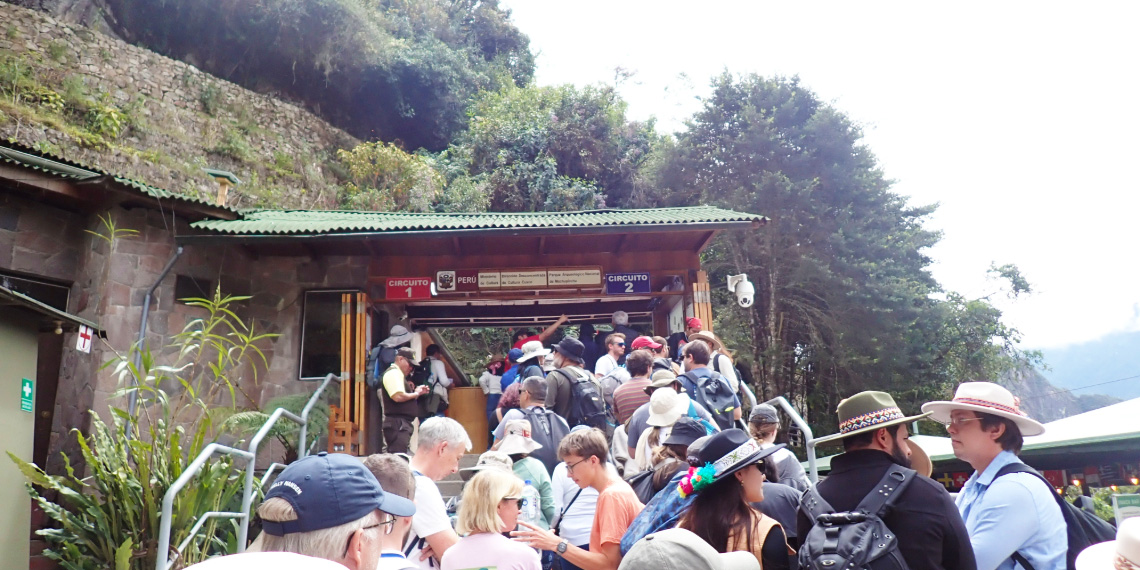The History and Significance of Machu Picchu

Machu Picchu, often called the “Lost City of the Incas,” is one of the most iconic archaeological sites in the world. Nestled high in the Andes Mountains of Peru, at an altitude of 2,430 meters (7,970 feet), this UNESCO World Heritage Site was built in the 15th century under the reign of the Inca emperor Pachacuti. The site remained unknown to the Spanish during their conquest and was rediscovered in 1911 by American historian Hiram Bingham.
What makes Machu Picchu so special? Well, aside from the jaw-dropping scenery, it’s an incredible showcase of Inca engineering. The intricate stonework, sprawling terraces, and sophisticated water systems are mind-blowing, considering they were built without the use of modern tools or machinery. It’s divided into two main areas: the agricultural sector, where you’ll find the famous terraces that cling to the mountainside, and the urban sector, which features temples, plazas, and living quarters. And let’s not forget the views — being perched on a mountain ridge offers some of the most stunning panoramic sights you’ll ever see, with the Urubamba River snaking through the valley below.
Journey to the Lost City of the Incas

Recently, the Peruvian government introduced changes to the visitor circuits at Machu Picchu to improve site preservation and enhance the visitor experience. These changes, which took effect on June 1, 2024, offer tourists more flexible and varied options for exploring the ancient Inca citadel.
Before the update, there were only a few circuit options. Now, visitors can choose from different routes that cover both the iconic upper and lower terraces, as well as scenic spots like the Inca Bridge, Montaña Machu Picchu, and Huayna Picchu.
If you’re planning a visit soon, make sure to check which circuits are available and book accordingly to ensure the best experience!
Machu Picchu: A Timeless Adventure

As of June 2024, Machu Picchu has introduced new circuits to better manage visitor flow and preserve the archaeological site. These updated routes offer a more organized and diversified exploration of the ancient city, giving visitors multiple options to tailor their visit based on their interests, stamina, and the time they want to spend on-site.
Here’s a breakdown of the key circuits:
- Circuit 1: Panoramic Route
- This circuit focuses on giving visitors breathtaking views of Machu Picchu from above. It’s ideal for those wanting to take in the grandeur of the site and capture panoramic photos. You can access Machu Picchu Mountain from here, making it perfect for those up for a more adventurous, high-altitude hike.
- Circuit 2: Classic Route
- Known as the classic Machu Picchu experience, this route takes you through the main archaeological areas, including the iconic Intihuatana Stone, the Sacred Plaza, and the Temple of the Sun. It’s ideal for those looking to explore the historical and spiritual heart of the site.
- Circuit 3: Royal Circuit
- This route is designed to allow visitors to explore the lower terraces of Machu Picchu. It’s a slightly shorter, less strenuous route but still gives a comprehensive view of the citadel’s layout and history. If you’re short on time or prefer a more relaxed visit, this is a great option.
- Circuit 4: Huayna Picchu
- For thrill-seekers, this circuit provides access to the famous Huayna Picchu Mountain. The climb is steep but offers one of the most spectacular views over the ruins and surrounding landscape. This option is perfect for those wanting a challenging hike paired with unforgettable
**Notes
Please check the official Machu Picchu website to ensure that the routes and circuits information is current and accurate. This will help you stay informed about any changes that might affect your travel plans. Remember, accessing the most recent updates directly from official sources guarantees that you receive the most reliable information for your visit.
